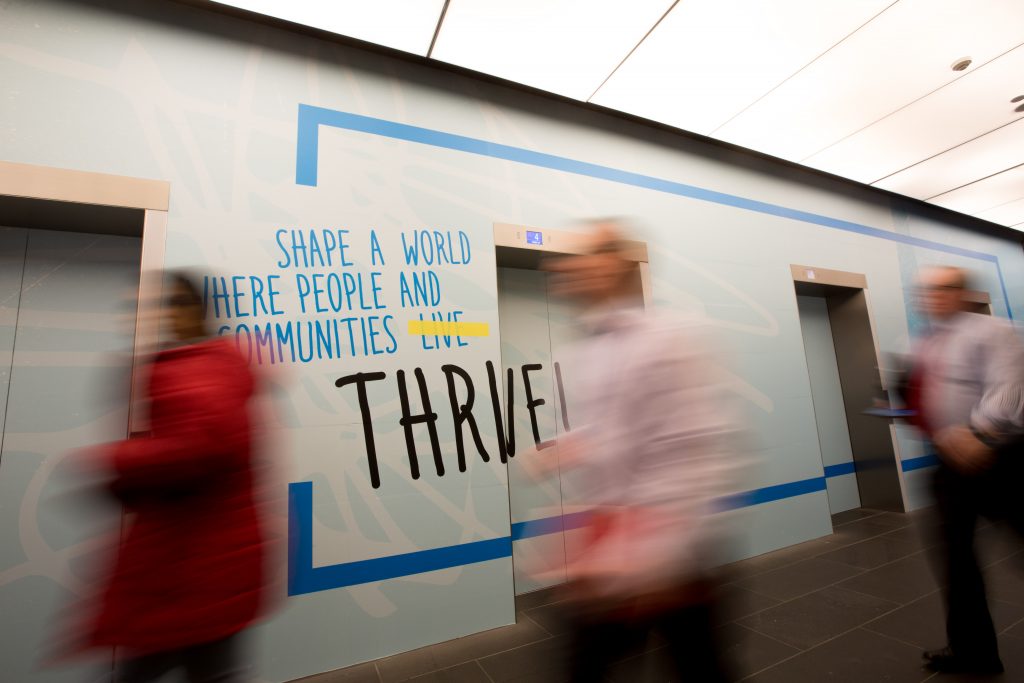Key insights
Hort Innovation represents the whole plant-based agricultural industry in Australia.
The impact of COVID-19 required Hort to pivot their focus from developing leadership culture within their new Executive Team and with their senior leaders, to focus on strategic clarity in a changed COVID-19 environment, reframing the context for the culture work that followed.
Hort Innovation is the peak body for plant-based agriculture in Australia, representing the interests of thousands of growers across hundreds of types of fruits, vegetables, grains, and other plant products. As an industry-owned, government co-funded, not-for-profit organisation, it’s not the usual client for Maximus, but of course good leadership is critical in any organisation.
Hort is responsible for driving innovation and growth in a sector which is increasingly important to both the national economy and to our individual diets. While it may have a small workforce, Hort’s leverage and influence is significant for all Australians.
Our partnership with Hort began in late 2019, informed partly by a third-party study of Hort’s workplace and leadership culture. Following this, we determined the opportunity to adopt more constructive leadership behaviours within the organisation.
Just before the Hort Executive and senior leaders were due to visit our Sydney space to embark on the first immersive face-to-face experience, as part of a six-month leadership development program, the pandemic hit our shores. This had two effects. First, we had to pivot to restructure the learning experience so they could take place virtually. Second, it created the immediate need for the Hort leadership to become more agile to respond effectively to the pressures of the pandemic.
Hort faced a number of challenges we often find within client organisations. A significant portion of both the Executive and the extended leadership team were new to Hort, so there was a need to build cohesion and clarity through strategic alignment. The Senior Management is spread across Sydney, Melbourne and Brisbane, which has made building a close team more difficult.
Recognising these challenges, we determined that virtual Executive interventions were required to build strategic clarity and unity, as well as to improve communication across the broader team. These collective experiences connected each leader’s individual purpose to the organisation’s purpose, building fundamental strategic leadership capabilities, with a focus on building coaching and teaming practices.
A recent independent health check of Hort’s leadership culture has shown marked improvement across all 12 of the assessed behaviours. While the health check provides granular detail on behavioural performance, what really matters is how this detail builds up into themes. Overall leadership is more cohesive, the tyranny of distance has been overcome and people know and understand each other much better. Most importantly this has all led to improved levels of trust across the business.
Related Case Studies

Advisory services for executive succession planning
We have worked with many organisations across industry to support them in identifying and accelerating talent. This work is critical in setting organisations for the future. It is often sensitive work to be involved in, and while we pride ourselves on challenging perspectives, we treat the process with care and confidentiality. For this reason, whilst we can’t share specific examples, we can share the principles behind our approach and the processes we follow.

A workplace social movement re-motivates thousands of leaders
A command-and-control solution would be too slow and nowhere near sticky enough. Surely there was a better way? There was. Following a top-to-bottom purpose and strategy reset, ANZ needed 10,000 leaders around the world to adopt new leadership behaviours. Fast.
